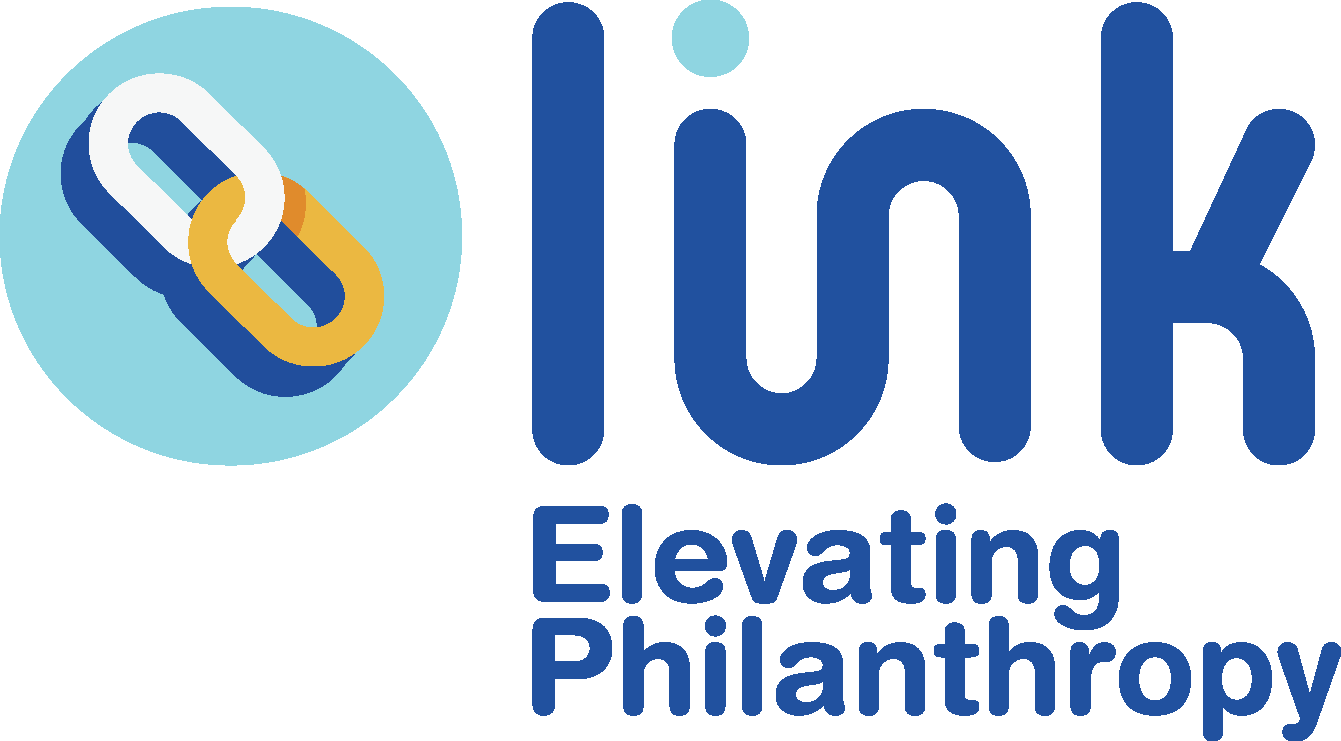How to be Philanthropic with Limited Resources
How to be philanthropic with limited resources
One of the great myths in the philanthropy world is that being a philanthropist means giving millions of dollars. Sure, there are noted philanthropists throughout time who have used their money to fund massive projects such as the building of hospitals, landmarks, museums, and community green spaces. Historically, they may have gotten the most recognition, but the truth of the matter is that anyone can be a philanthropist– regardless of resources. In fact, studies show that the least wealthy fifth of Americans donates more than twice the percentage of their annual incomes as the wealthiest fifth. So, how can you become a philanthropist with limited resources? Here are our tips:
Create or join a giving circle.
Giving circles are a modern form of collective giving where a group of people with shared values pool their resources and decide which causes to support together. While this likely involves financial support, giving circles also seek to expand awareness and engagement, and members often donate their time, skills, and knowledge to increase impact. For more information about forming a giving circle, listen to this interview I did with Sara Lomelin, the Executive Director of Philanthropy Together.
Take advantage of workplace-giving opportunities.
It is becoming increasingly common for companies to offer Employee Giving Programs. This may include everything from matching employee donations, providing days off for volunteering, giving in-kind donations, or sponsoring small grants for employees’ philanthropic interests. Not only will a Corporate Philanthropy or Employee Giving Program positively impact the recipients of the company’s philanthropy, but studies show that a giving culture in the workplace increases employee engagement and trust.
Give without donating money.
This may include volunteering your time and/or expertise. You can also give away items you no longer use, raise awareness for a certain cause, or become a mentor for someone in your community. Be creative! Perform a random act of kindness to brighten someone’s day. There are many ways to impact the world around you without using monetary resources.
Stay focused.
If your financial resources are limited, concentrate your dollars rather than trying to spread them out. Find causes that really speak to you. You can often make a more significant impact by limiting the number of organizations you support, thereby allowing you to give a larger donation to each. Remember, a smaller gift can be transformational for a growing, community-based organization. The value of a gift is not always determined by the dollar amount.
Consider a legacy gift.
Of course, this is one of my favorites - a legacy gift allows you to fulfill your charitable intentions while making sure the funds are donated either in a way that is advantageous to the donor, an asset that is no longer needed, or deferred giving so the donor retains control over their funds during their lifetime. For more information about different types of legacy gifts, read here.
If you’d like to know more about increasing your philanthropic impact, please feel free to reach out! We’d be happy to answer your questions.


